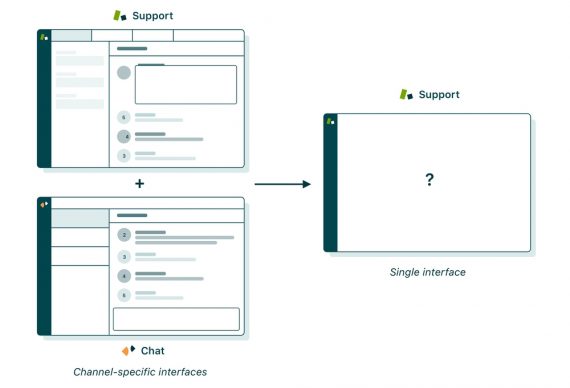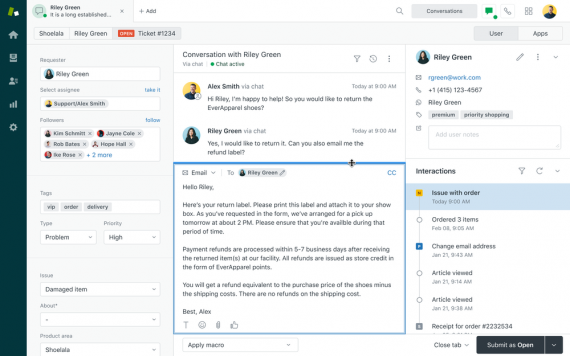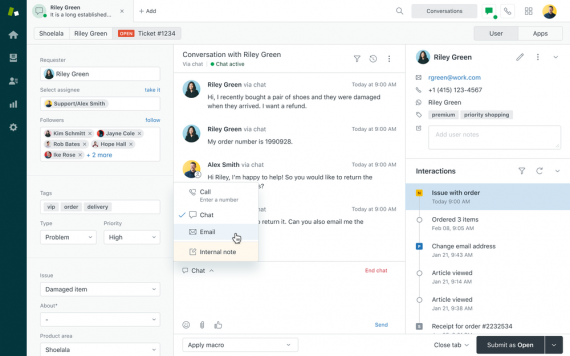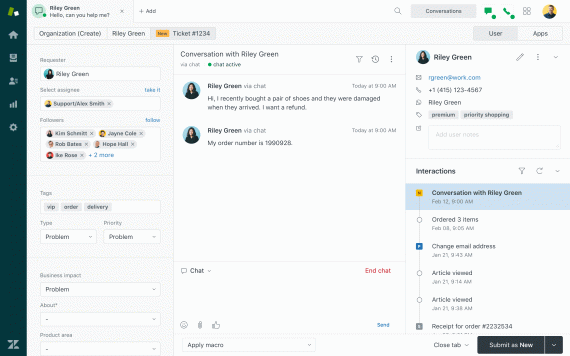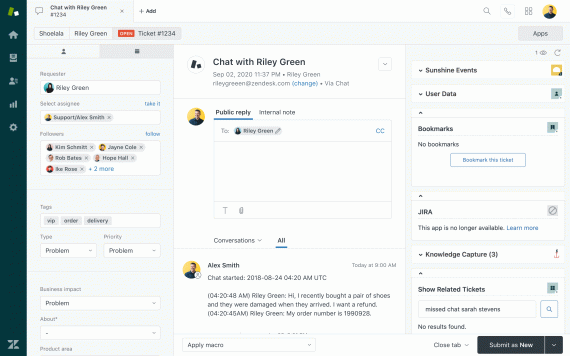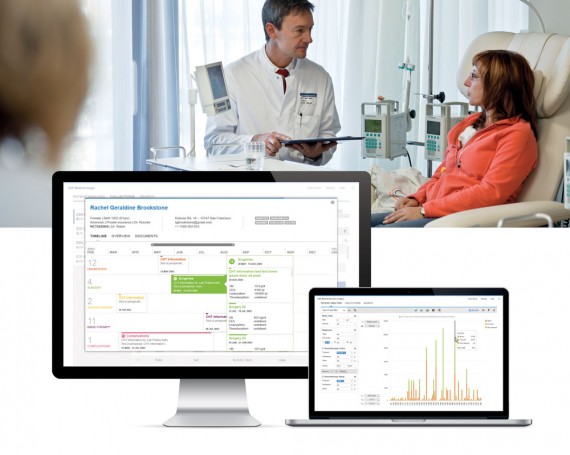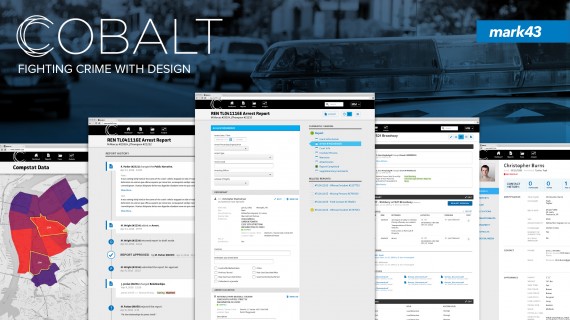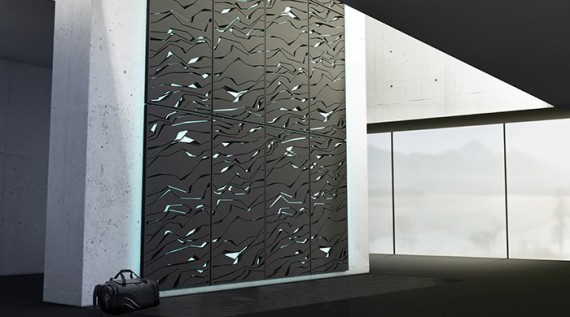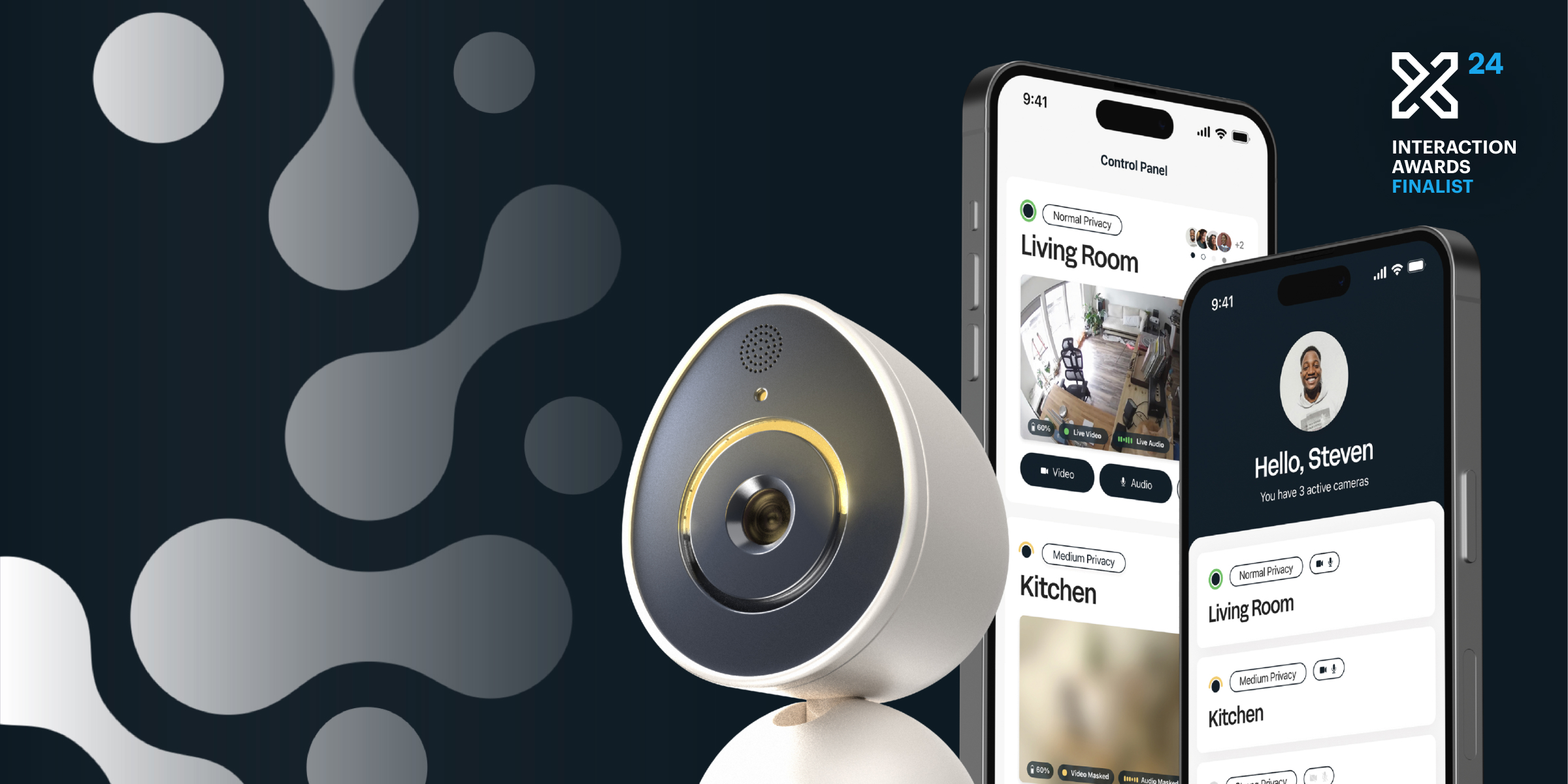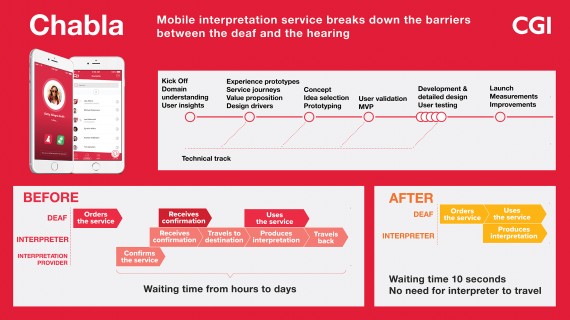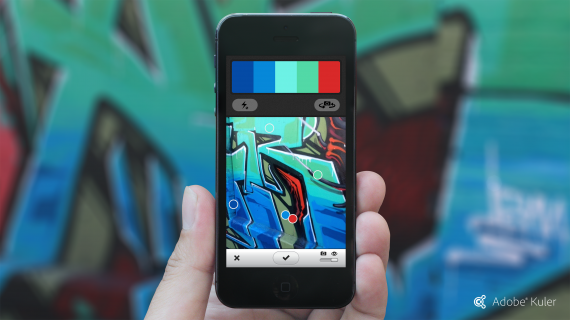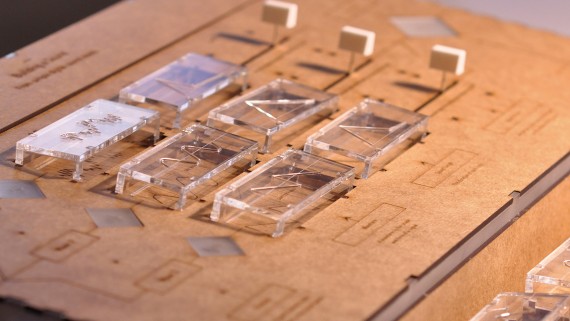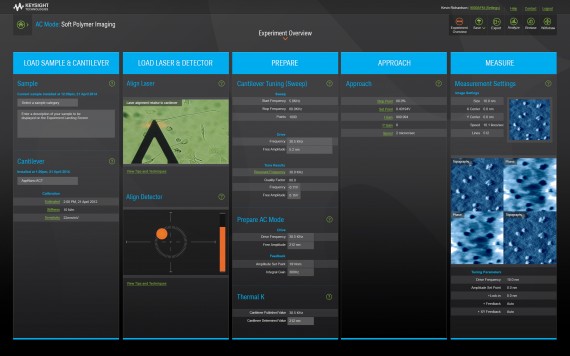Agent Workspace - Redesigning the conversation interface for customer support agents
Team
Company | Institution
Category
Type
Project description
In 2007, the world’s most visited website was Yahoo.com, and the iPhone was considered “technology with potential.” It’s also the year that Zendesk took its first bold steps into customer service. Unlike other solutions at the time, Zendesk aimed to deliver a beautifully simple experience for customer support agents. Much has changed since 2007. Social media has quickened the pace of communication and mobile apps have made it 24/7. The invention of applications like Messenger, WhatsApp, and WeChat have added complexity to customer service. Each app represents a new communication channel, and for support agents, switching between them means lumbering between disjointed dashboards.
In 2007, the world’s most visited website was Yahoo.com, and the iPhone was considered “technology with potential.” It’s also the year that Zendesk took its first bold steps into customer service. Unlike other solutions at the time, Zendesk aimed to deliver a beautifully simple experience for customer support agents.
Much has changed since 2007. Social media has quickened the pace of communication and mobile apps have made it 24/7. The invention of applications like Messenger, WhatsApp, and WeChat have added complexity to customer service. Each app represents a new communication channel, and for support agents, switching between them means lumbering between disjointed dashboards.
This year, we launched the most significant redesign of Zendesk ever. It’s been a two-year journey requiring thousands of design-hours from a global team. Our goal: to shift Zendesk from a suite of single-channel products to an omnichannel platform. Our deliverable is Agent Workspace: a unified user experience that empowers agents to communicate on any channel from a single place.
Redesigning a core workflow isn’t simple. Millions of people use Zendesk every single day. Any proposed change, no matter how tiny, needed to be considered, researched, and planned.
For starters, no two channels are alike. The same person expresses different behaviors on email than they do for chat. We delved into the fundamental concepts behind communication:
- Synchronicity: what is the average time between individual messages?
- Presence: do both participants in the conversation need to be there at the same time?
- Persistence: could this conversation happen over multiple sessions?
We needed to learn the nuances of each channel, and even thought about technologies yet to come.
Our design process started with in-depth customer research to understand an agent’s workflow and friction points. We formed hypotheses around focus areas and conducted research to validate them. To enable seamless channel switching we had to move in phases:
- First, ensure feature parity to set the foundation for future releases.
- Second, focus on stability and iterate on customer feedback.
- Third, enable agents to respond on any channel from a single interface.
This phased approach allowed us to balance iteration with innovation. We interviewed and shadowed over 100 customers, catalogued our learnings, and shared them cross-functionally. We developed our product roadmaps from brainstorming sessions that were prioritized around research findings.
BombBomb is a Zendesk customer and maker of video communication software. They identified a drop in agent productivity as they worked on more channels. After enabling Agent Workspace, BombBomb’s agents can communicate across all channels with less effort and resolve issues faster. They can quickly pull in relevant customer details and they’ve improved response times on their most active channels.
Our hope is that Agent Workspace can reduce some of the layers added by new communication technologies. It’s about bringing agents closer to their customers by simplifying their tools. In this rapidly changing and complex world, we’re proud to deliver something that makes humans talking to other humans just a little bit easier.
In 2007, the world’s most visited website was Yahoo.com, and the iPhone was considered “technology with potential.” It’s also the year that Zendesk took its first bold steps into customer service. Unlike other solutions at the time, Zendesk aimed to deliver a beautifully simple experience for customer support agents.
Much has changed since 2007. Social media has quickened the pace of communication and mobile apps have made it 24/7. The invention of applications like Messenger, WhatsApp, and WeChat have added complexity to customer service. Each app represents a new communication channel, and for support agents, switching between them means lumbering between disjointed dashboards.
This year, we launched the most significant redesign of Zendesk ever. It’s been a two-year journey requiring thousands of design-hours from a global team. Our goal: to shift Zendesk from a suite of single-channel products to an omnichannel platform. Our deliverable is Agent Workspace: a unified user experience that empowers agents to communicate on any channel from a single place.
Redesigning a core workflow isn’t simple. Millions of people use Zendesk every single day. Any proposed change, no matter how tiny, needed to be considered, researched, and planned.
For starters, no two channels are alike. The same person expresses different behaviors on email than they do for chat. We delved into the fundamental concepts behind communication:
- Synchronicity: what is the average time between individual messages?
- Presence: do both participants in the conversation need to be there at the same time?
- Persistence: could this conversation happen over multiple sessions?
We needed to learn the nuances of each channel, and even thought about technologies yet to come.
Our design process started with in-depth customer research to understand an agent’s workflow and friction points. We formed hypotheses around focus areas and conducted research to validate them. To enable seamless channel switching we had to move in phases:
- First, ensure feature parity to set the foundation for future releases.
- Second, focus on stability and iterate on customer feedback.
- Third, enable agents to respond on any channel from a single interface.
This phased approach allowed us to balance iteration with innovation. We interviewed and shadowed over 100 customers, catalogued our learnings, and shared them cross-functionally. We developed our product roadmaps from brainstorming sessions that were prioritized around research findings.
BombBomb is a Zendesk customer and maker of video communication software. They identified a drop in agent productivity as they worked on more channels. After enabling Agent Workspace, BombBomb’s agents can communicate across all channels with less effort and resolve issues faster. They can quickly pull in relevant customer details and they’ve improved response times on their most active channels.
Our hope is that Agent Workspace can reduce some of the layers added by new communication technologies. It’s about bringing agents closer to their customers by simplifying their tools. In this rapidly changing and complex world, we’re proud to deliver something that makes humans talking to other humans just a little bit easier.

